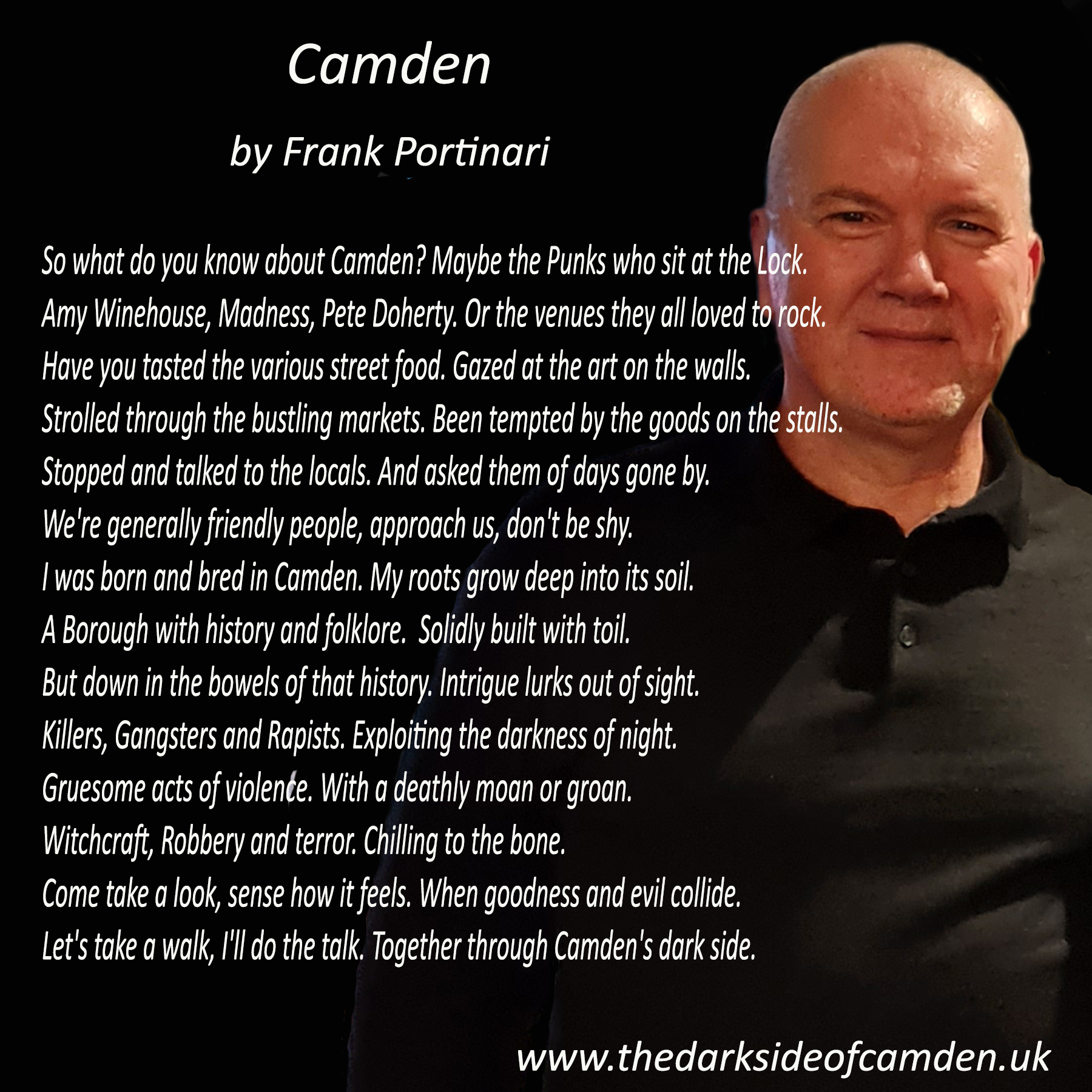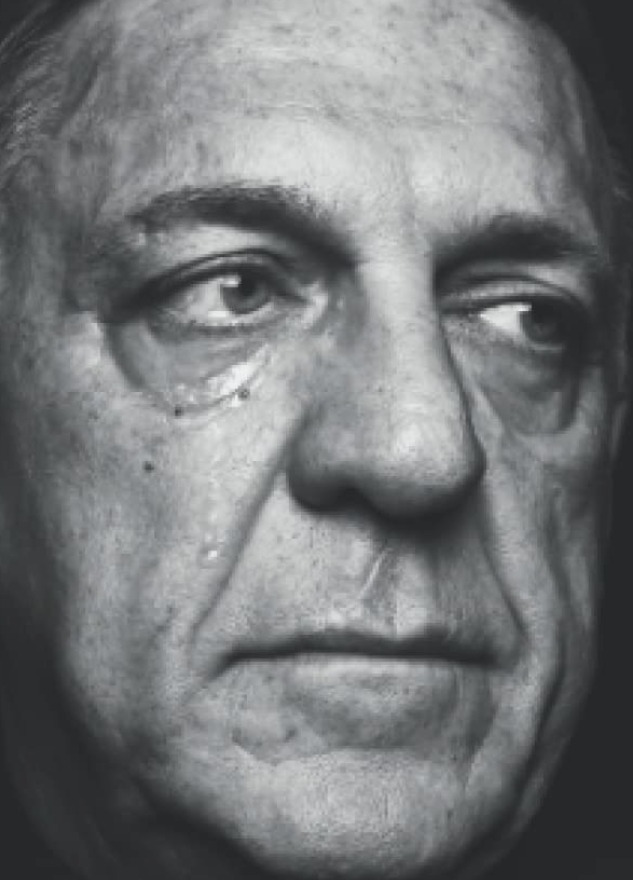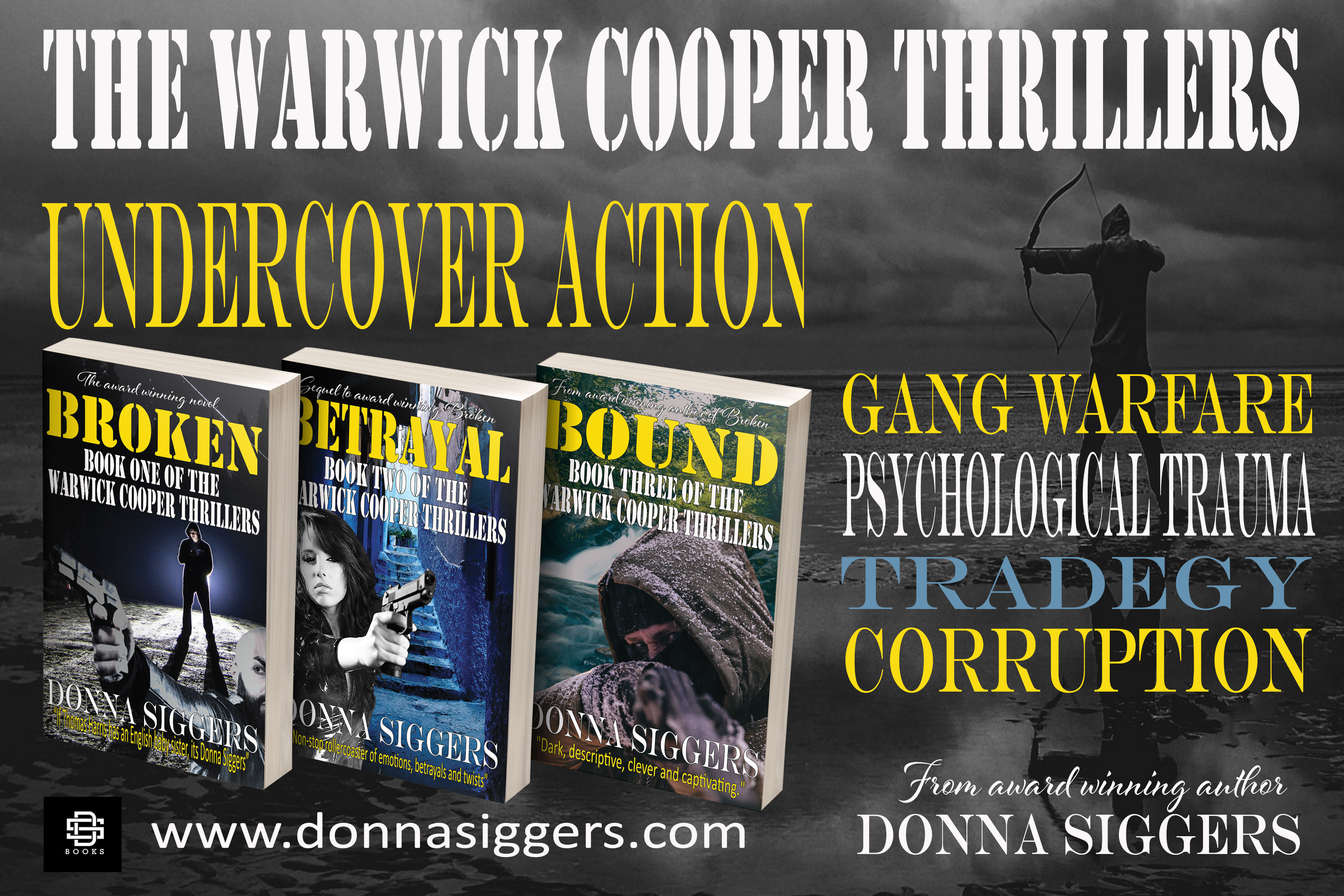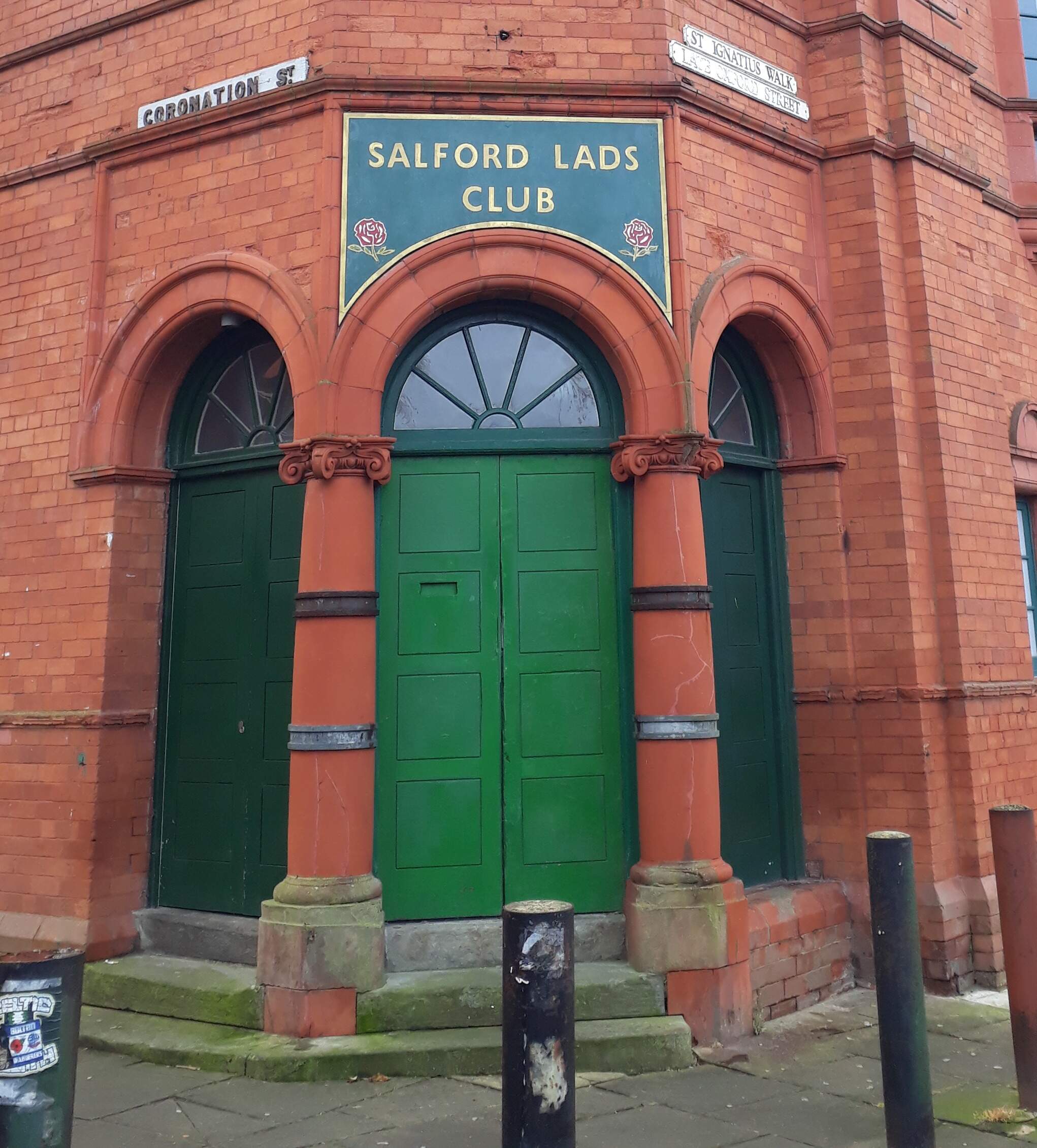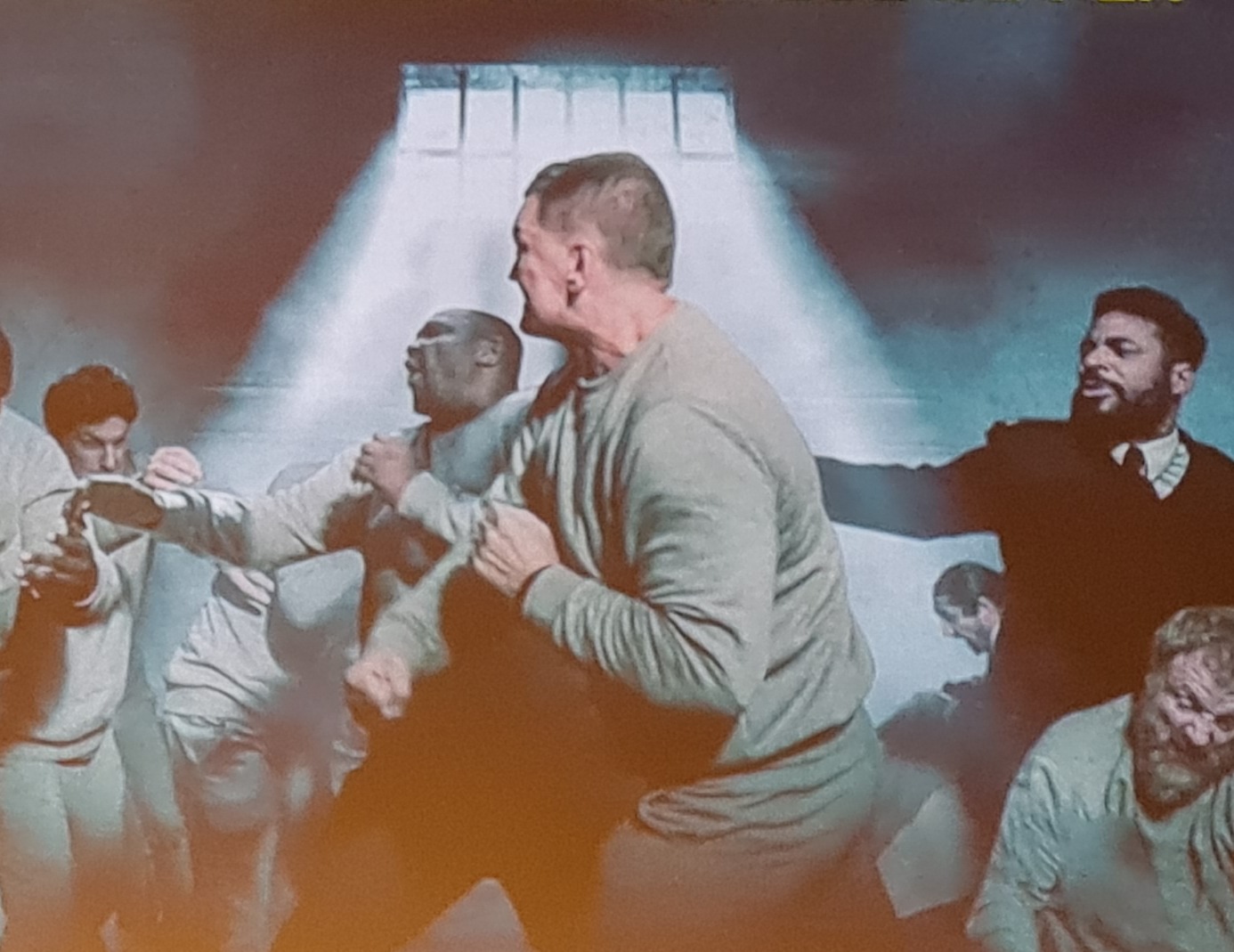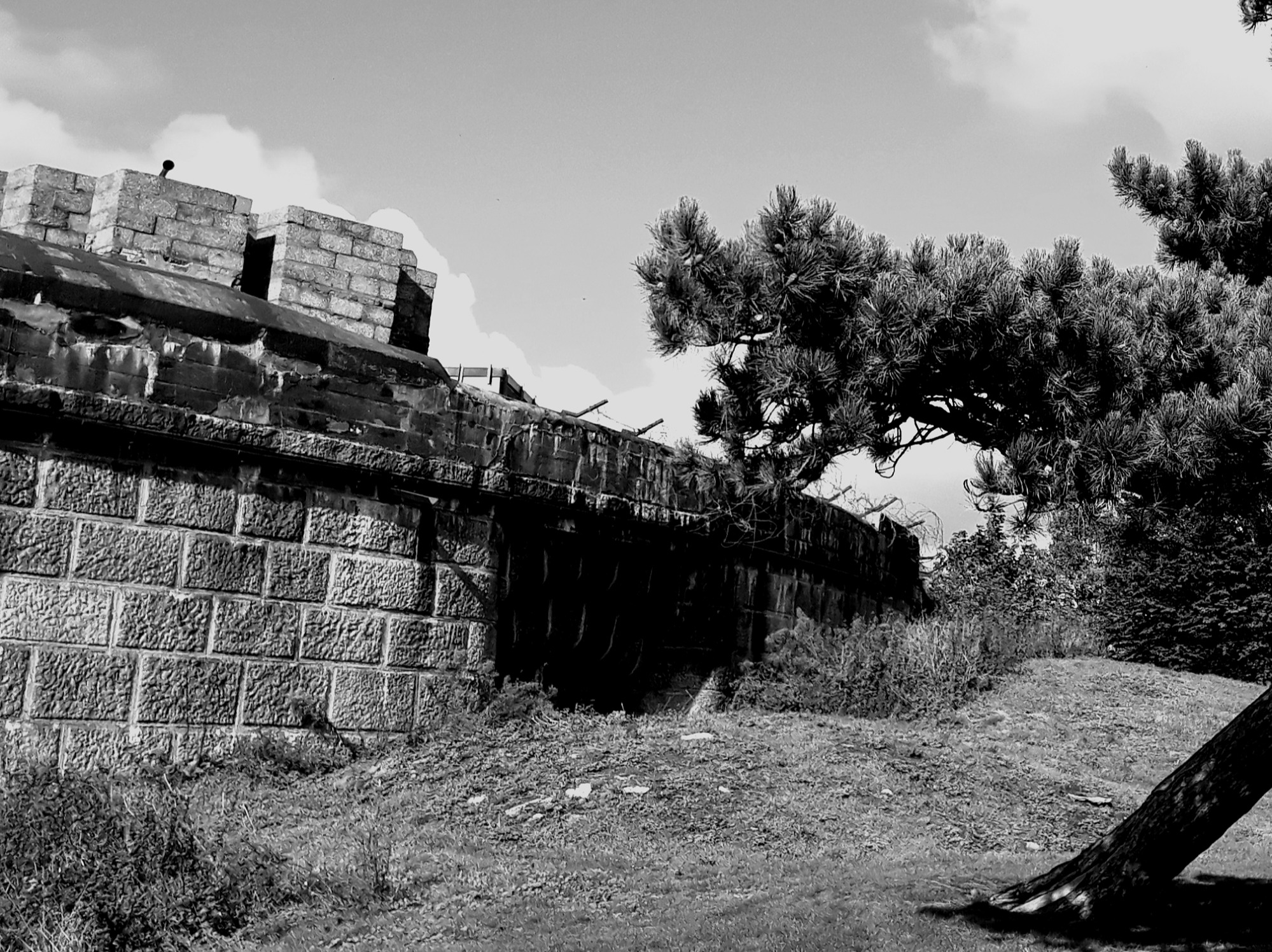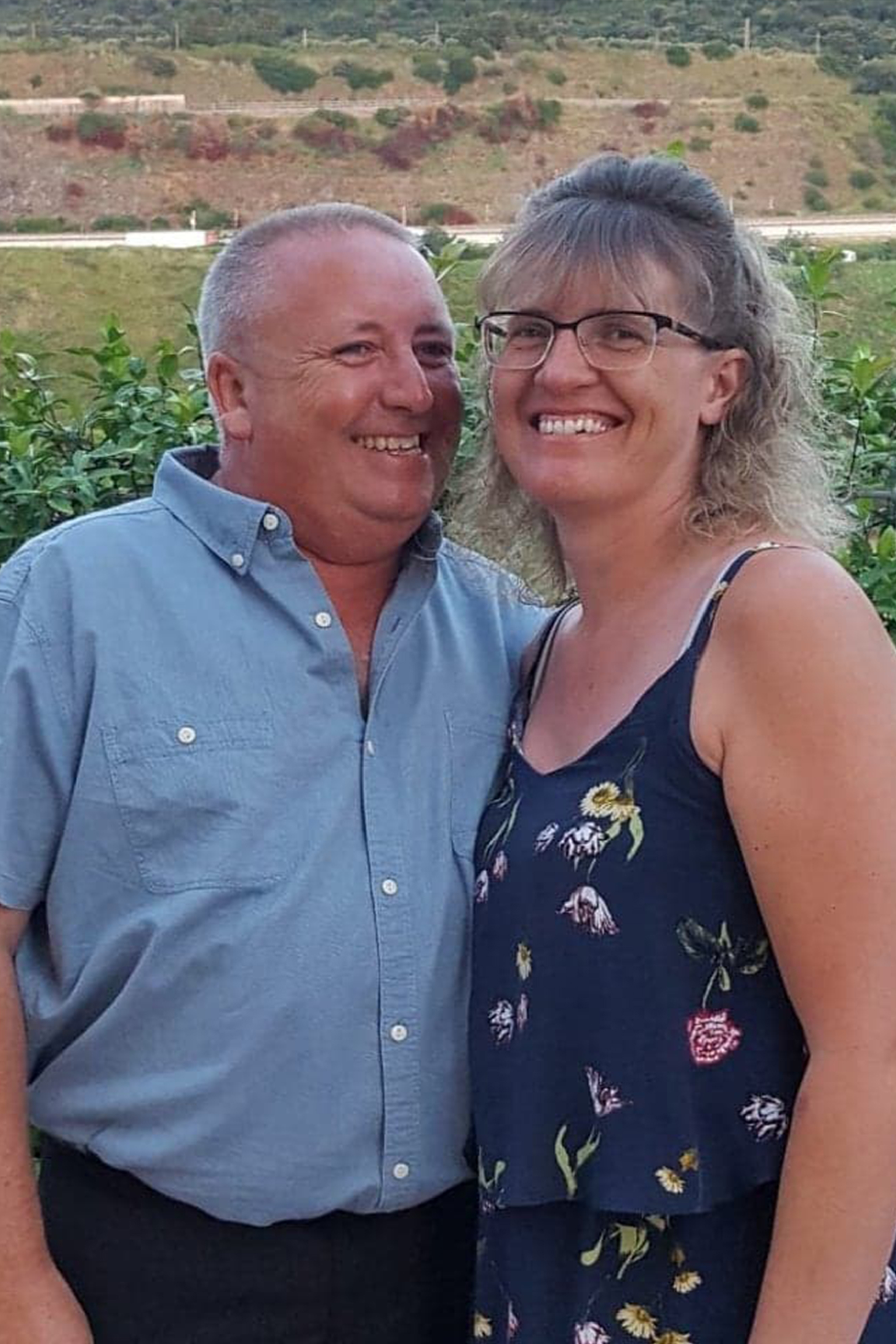David P Perlmutter, or better known to me as DPP, and I go back some years now. In support of his TV Pilot for the Kickstarter of his Write To Kill pilot, he's agreed for me to share the information from his indigogo page right here on my Blog. The following words are copyright David P Perlmutter, and with his permission. I will add the link periodically!
Indiegogo Link
We're Making a TV Pilot Based On A Crime Thriller And We Would LOVE YOU To Be Part Of The Journey ???? It Would Be A Crime Not To!
Indiegogo connects creators with backers to fund projects.
Rewards aren’t guaranteed, but creators must regularly update backers.
You’re only charged if the project meets its funding goal by the campaign deadline.
Story

Write To Kill - MOTIVE. MONEY. MURDER.
He’s Putting The Dead In Deadline ????????
Genre: Crime Thriller
Logline: Debt ridden author writes a worldwide bestselling crime fiction book about his real life murders.
Synopsis: 'Write To Kill' is focused on an innocent, desperate, debt ridden aspiring author, who’s offered a substantial amount of money by London gangland boss, Mad Dog Maddox to commit a murder.
Author accepts.
As life spirals out of control for the author and his girlfriend Lisa, with further murders, and death threats from Mad Dog, this inspires him to write a book about his crimes, and what he dreams will be an international bestseller.
PITCH DECK OUTLINING SEASONS:




COMPARABLE TV SHOWS:
Californication. The Affair. Get Shorty.

Hi everyone, with the demand from many readers across my social media platforms and blog, I’ve launched this page to hopefully raise funds to be able to make this CRIME THRILLER TV Pilot episode with an AMAZING cast, which we then aim to pitch and to turn into a unique TV Drama.
I began thinking, plotting and writing the crime thriller Write To Kill, working night shifts, stacking shelves during the early morning hours at my local supermarket during lockdown, and as I’ve just returned from Cannes promoting Write To Kill!…….
Plus if you have TV industry contacts who would be interested in Write To Kill? Get in touch and be part of the team. Email below.

Writing Write To Kill, which is written in the first person, blood, (Quite literally, a story I’ll tell at a later stage), heart and soul went into every word, sentence, paragraph and chapter. I acted out most of the scenes and whilst typing, read the dialogue out loud.
The exact commitment by Micheal Gorman in America, a writer, producer and director from Kat Harvey Films, and myself went into writing the TV Pilot, which has received FANTASTIC feedback from the BBC to Hollywood, and with your help, we can turn the Write To Kill TV PILOT into reality.
Comment from a former BBC DRAMA commissioner.
“David is certainly a snappy writer, and the TV Pilot and Plot moves at a GREAT pace.”

So, let’s make the readers, cast and my dreams come true: To see WRITE TO KILL as a TV series.
This is where we need YOUR help!

Many readers around the WORLD (100’s of reviews on Amazon, Social Media and my BLOG with over ONE MILLION page views), would love to see a TV series of my words, 150K of them within 700 pages of the book, and with your extremely kind generosity, and if we do reach the target amount, then we can look forward to filming the PILOT of Write To Kill.
Check Out The Reviews On My Blog ❤️
I hope I’ve laid a foundation for you to believe this is a project worth supporting, as much as I, my readers, the cast and crew do. But if you feel unable to pledge, I do appreciate the current financial situation, you could still help by:
- Discussing this Write To Kill project with family, friends, colleagues, artists on set etc.
- Use social media and Kickstarter share tools to help spread the hashtag #WriteToKill.
- We are also on the look out for anyone who are able to offer services such as food/drink, transport, props for this campaign.
Check Out These GREAT Opportunities.
We are offering YOU the chance to work alongside this talented cast.
We have THREE SPEAKING ROLES and several WALK-ON ROLES which are on offer as well as BACKGROUND ROLES. Filming will be in London.
These are highlighted in the REWARDS section.
If you have any questions, please feel free to email me at david@davidpperlmutter.com
Thank you for your time and consideration.
⭐️⭐️⭐️⭐️⭐️⭐️⭐️⭐️⭐️⭐️⭐️⭐️⭐️⭐️⭐️ (please note IMDB links work on David's Kickstarter but not on this blog)
MAIN CAST FOR THE TV PILOT: ????
Dan Robins as the Author - (Masters of the Air, Punch, The Art of Abuse, and many more). Never judge a book by its cover. Dan’s IMDb ????️

Amber Doig - Thorne as Lisa - Girlfriend of the Author (The Seven, Angel Of The North, The Baby In The Basket, Winnie The Pooh: Blood and Honey, BBC Laugh Lessons and many more). We’ve all got a dark side. Right? Amber’s IMDb ????️

Sean Cronin as Mad Dog - (Mission Impossible, World Is Not Enough, Kill Kane, Escape, and many more).
Mad Dog is EVIL! Sean’s IMDb ????

Rico Morris as Jake - The Middle Man (Aaro Ek Prithibi, If Only, Covidrama, and many more). The fixer between the author and Mad Dog. Rico’s IMDb ????

????????????????????????????????????????????????????????????
Latest Actors Attached To The TV Pilot Of Write To Kill ????????
Nicole McClean (The Wife And Her House Husband, 8v40, A Tidy Robbery, Drained). Nicole’s IMDb

Mirella Camillo (Cinderella’s Curse, Alien Abduction, Dragon Fury 2, Above What Cost). Mirella’s IMDb

Dave Last - Author/Actor (Immortium). IMDb

Henrietta Szentes - Actor (Love Bites, The Haunted Studio, Nest Of Vampires, Angel Has Fallen). Henrietta’s IMDb

Background Actors:
Sally Roch.

Mike Burkoff.

Tara Hetherston.

Lynne Russell.

Hilary Agostini.

lffy Okoye.

Ron Harper.

Carlie Osborne.

????????????????????????????????????????????????????????????
Beth Macari - Award winning International Singer/Songwriter To Sing Theme To TV Pilot ???? Beth’s Spotify ????

????????????????????????????????????????????????????????????
Meet The Crew:
Chris Butler - DIRECTOR (Scopia Effect, Storm, Beyond Existence, and an award-winning creator, producing/director for global brands like Hamlet Cigars, Canon, Bacardi, Toshiba, Sol Beer, Sony Ericsson, Haig and many more). Chris’s IMDb ????️

Michael Gorman - The CREATOR and Co-writer of the TV Pilot, also Producer of this project and Director with his production company, Kat Harvey Films in America. Michael’s IMDb ????

McClean Productions - Executive Producers. ????

Anne John-Ligali - Associate Producer and Promo Video/Editor. Anne’s IMDb ????

Betsy LuLu - Associate Producer, author and Literary Agent. IMDb ????

Donna Siggers - Associate Producer, author and a screenwriter. Donna’s IMDb ✍????????????

Cody Pelletier - Executive Producer.

Mark Pelletier - Associate Producer.

Jacob Pelletier - Associate Producer.

Henrietta Szentes - Actor (Love Bites, The Haunted Studio, Nest Of Vampires, Angel Has Fallen). Henrietta’s IMDb

David P Perlmutter - Author of Write To Kill, Co-author of the TV Pilot and Producer. David’s IMDb ✍????

⭐️⭐️⭐️⭐️⭐️⭐️⭐️⭐️⭐️⭐️⭐️⭐️⭐️⭐️
More UK Characters In Write To Kill ????????
Ronnie and Reggie - Mad Dog's Muscle -Named after The Kray Twins!
Madeline Maddox - Mad Dog's forlorn wife. Does Madeline get her revenge in later episodes?
Jennifer James - Daughter of Madeline. Step-Daughter of Mad Dog. Daughter of Clive. Wife of murdered husband. She knows more than meets the eye!
Matthew James - Womanising and abusive Husband to Jennifer.
Clive Sergeant - Father of Jennifer, ex-husband of Madeline and ex accountant for Mad Dog! Does Clive get his own back in the latter episodes?
NEW YORK Characters in Write To Kill ????????
Dorothy - Authors Editor.
Julian Reid - The Authors Agent at Bloomsbury Publishers in New York.
Bill - Dorothy’s Husband.
Ethan - Real Estate Agent/Drug Dealer.
Dan - Dorothy’s And Bill’s Wayward Son.
Emma - Dan’s Girlfriend.
Jackie - Emma’s Mum.
Rick - Cab Driver.
Many Of The 100's of Book Reviews on Amazon, my blog and social media.

Locations And Props Required For The TV Pilot:
The Author's Golf With One Wiper.

Mad Dog's New Blacked Out Range Rover.

Dilapidated Warehouse Where Mad Dog and The Author First Meet To Arrange The Hit.

Author's Apartment In West Hampstead.

The Hollywood Arms In Kensington Where The Author Targets His Victim.

Few Photos Of My Amazing Readers With Copies Of Write To Kill:






Risks and challenges
As with everything in life, there’s always risks and challenges, and I can assure you that I have spent a lot of time looking at all of these and are now in a very strong position to succeed, provided we reach our goal. Firstly, the payment for the actors, director and crew is the number one priority. Cost for filming equipment and transport. Food and drink will be provided to all our cast and crew. We do require a number of extras for a couple of scenes, so further mouths to feed. PR and Marketing of the project. We'll need to seek out locations, including an apartment in West Hampstead, a pub and street in Kensington, and a dilapidated warehouse in Buckinghamshire. Also, a 30 year old Volkswagen Golf and a new BLACK RANGE ROVER. Then the post production which can take time. Despite these challenges the amazing team are extremely confident in producing a top quality pilot, which we hope, like many others, to be picked up by a TV streaming company. So, if you wish to be involved in this exciting project and would like to donate for a reward, please do so and thank you in advance. Now, let’s make a THRILLER of a TV PILOT of WRITE TO KILL ???????? David P Perlmutter
Shared for and on behalf of David P Perlmutter by Donna Siggers
(6th June 2024)









